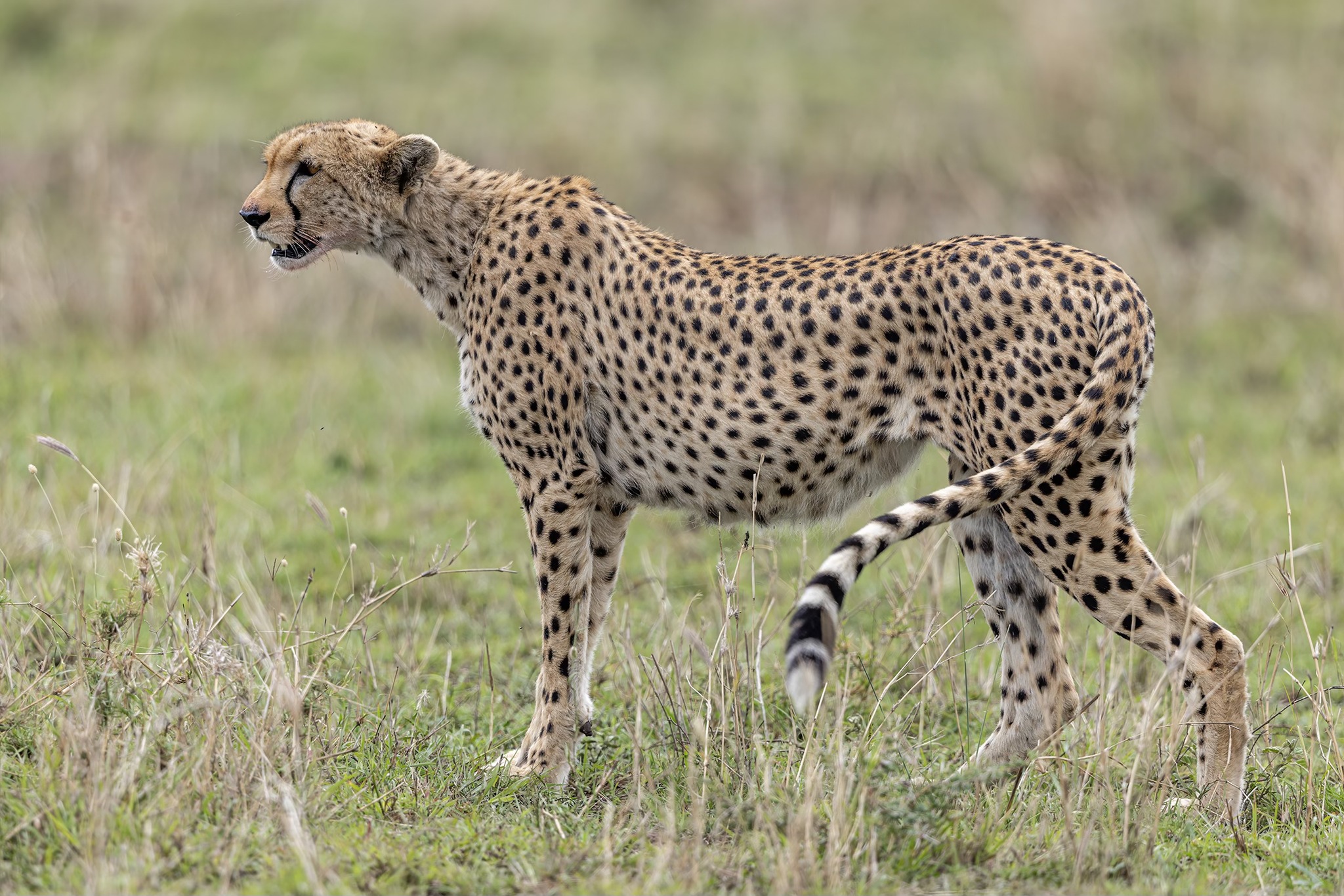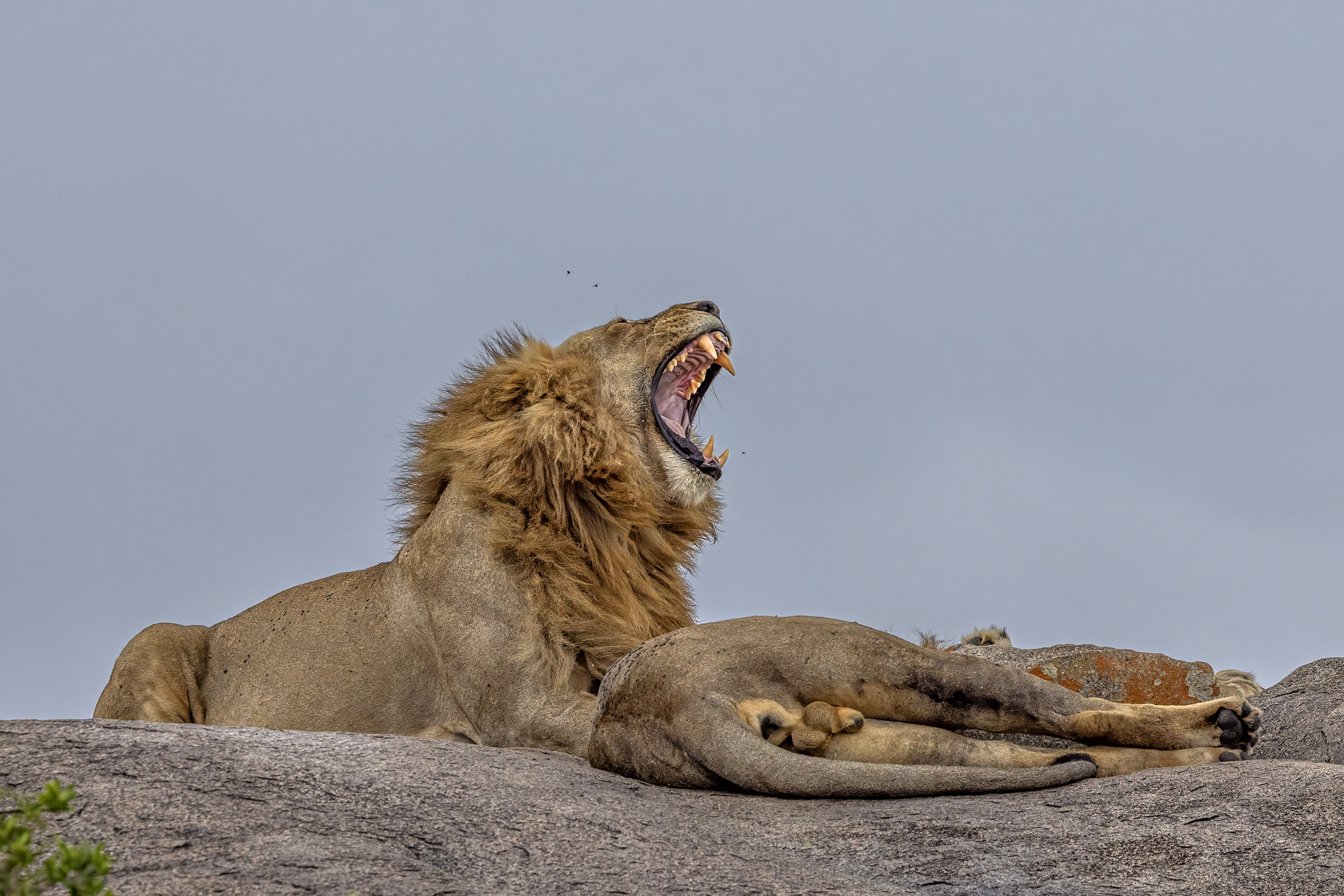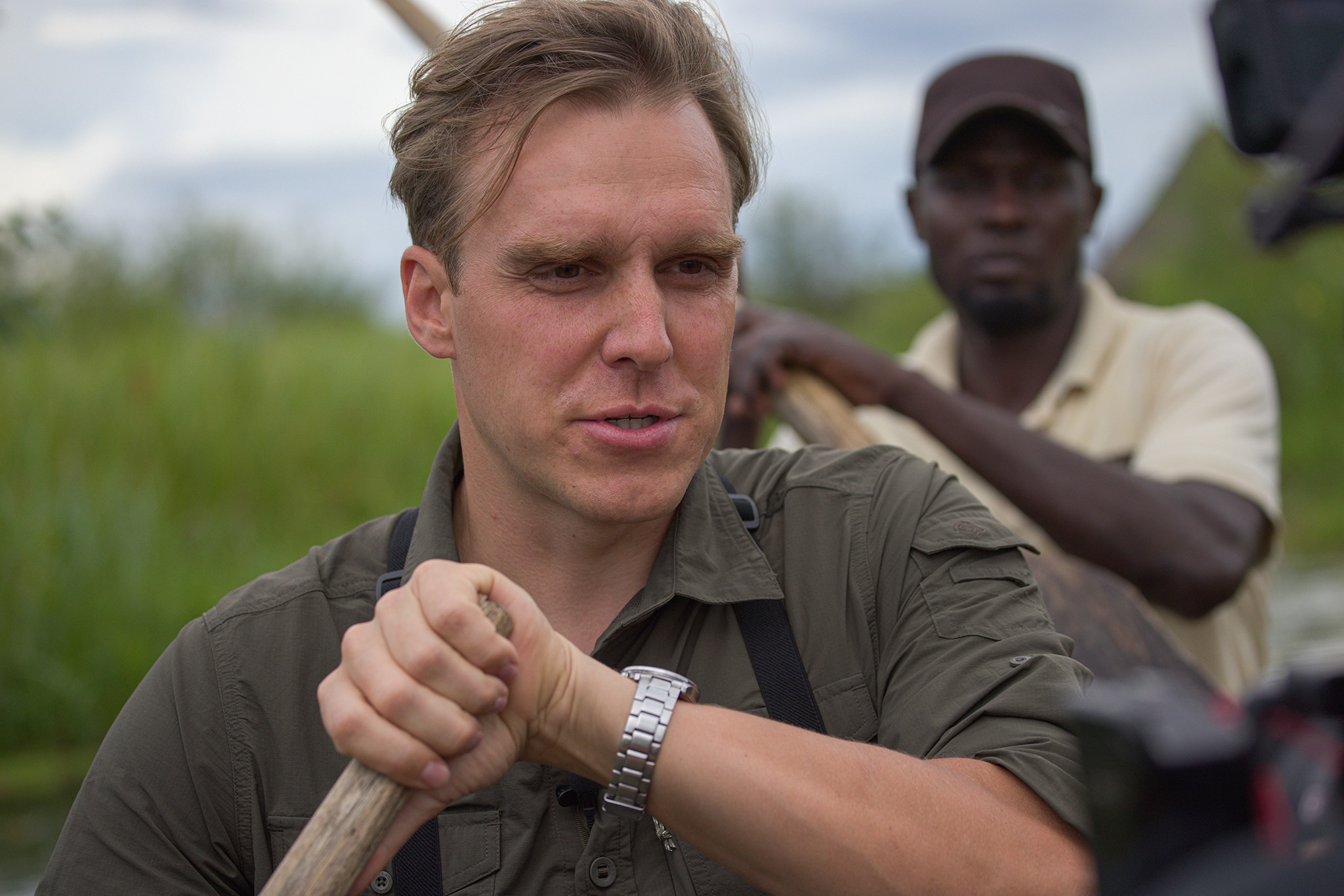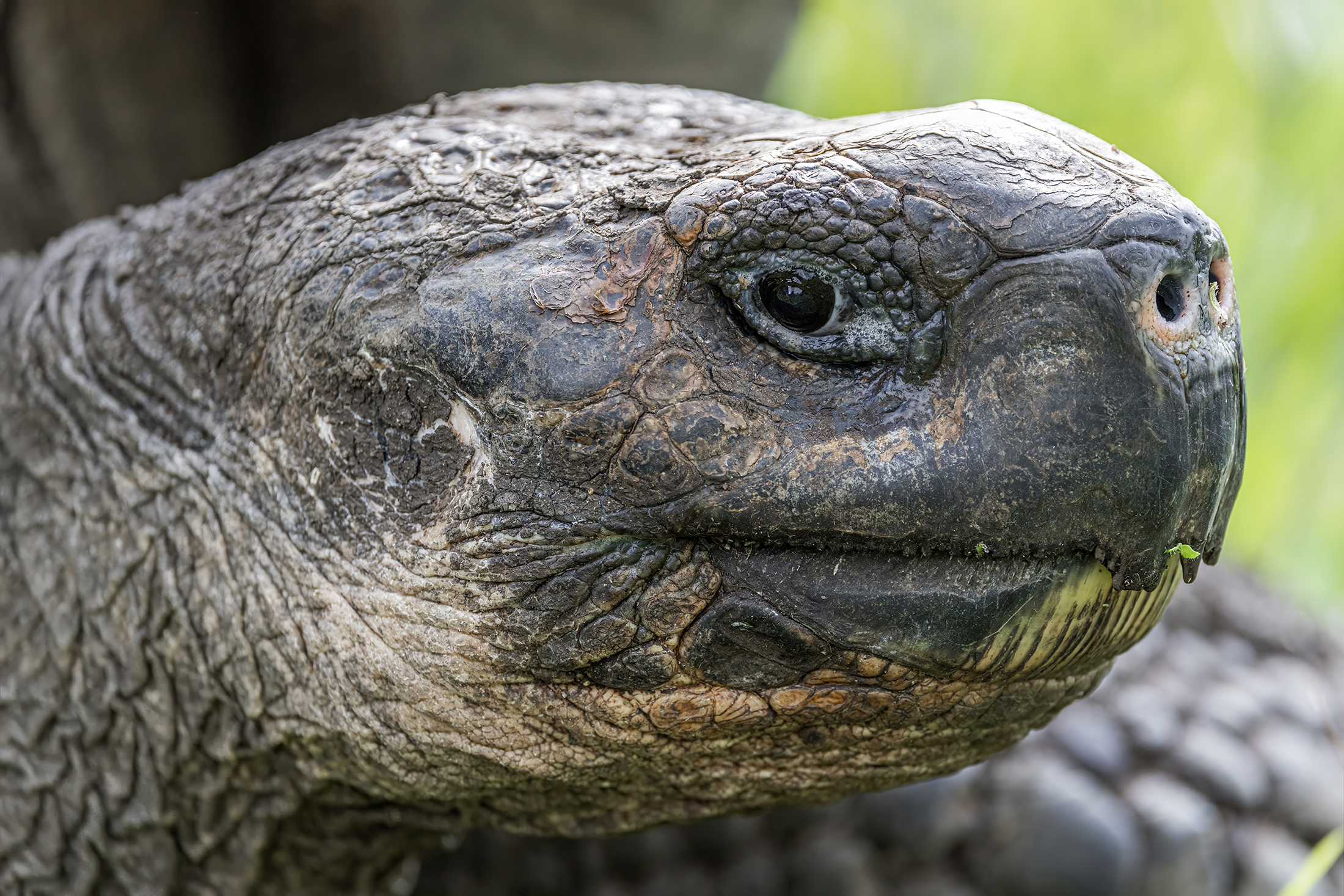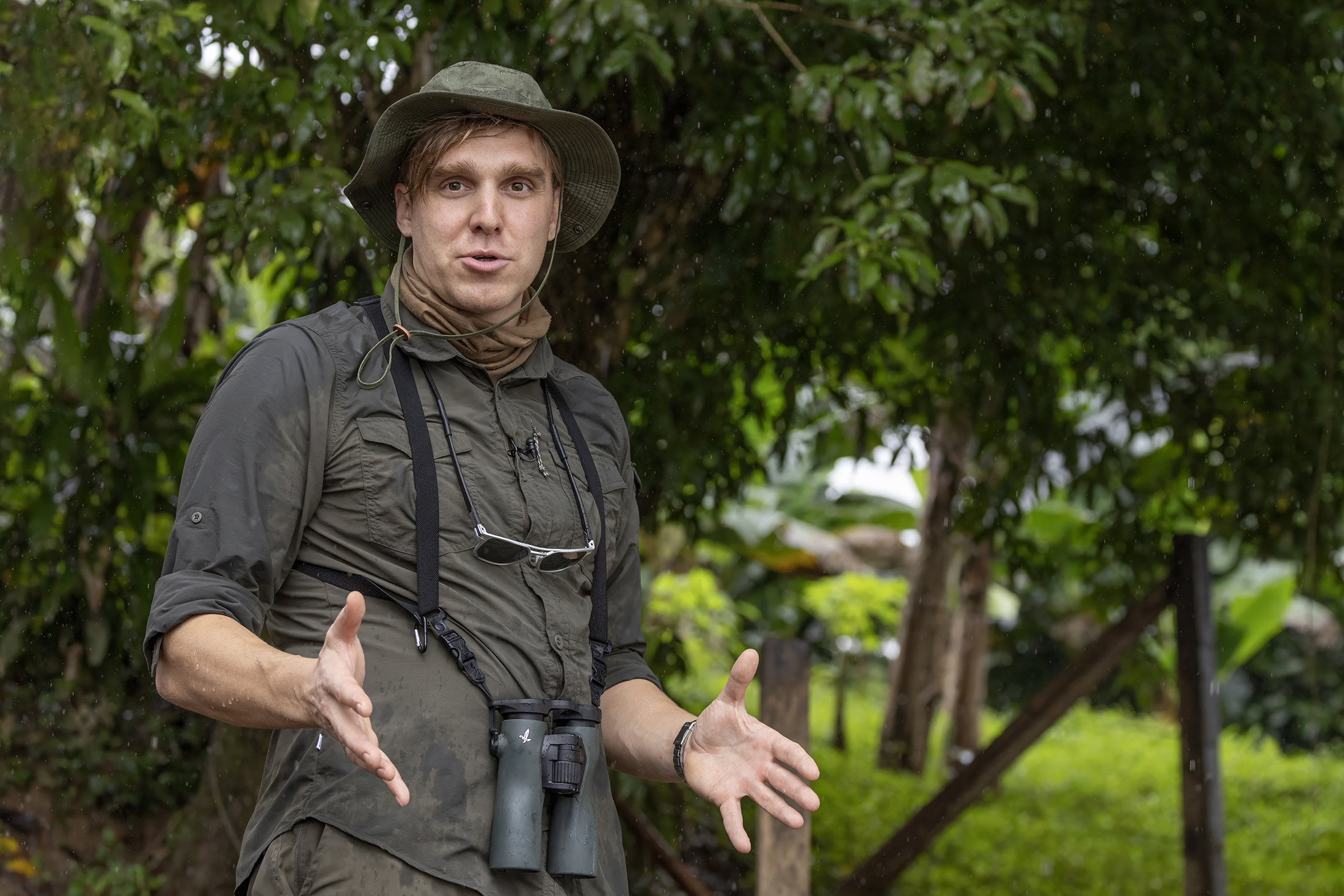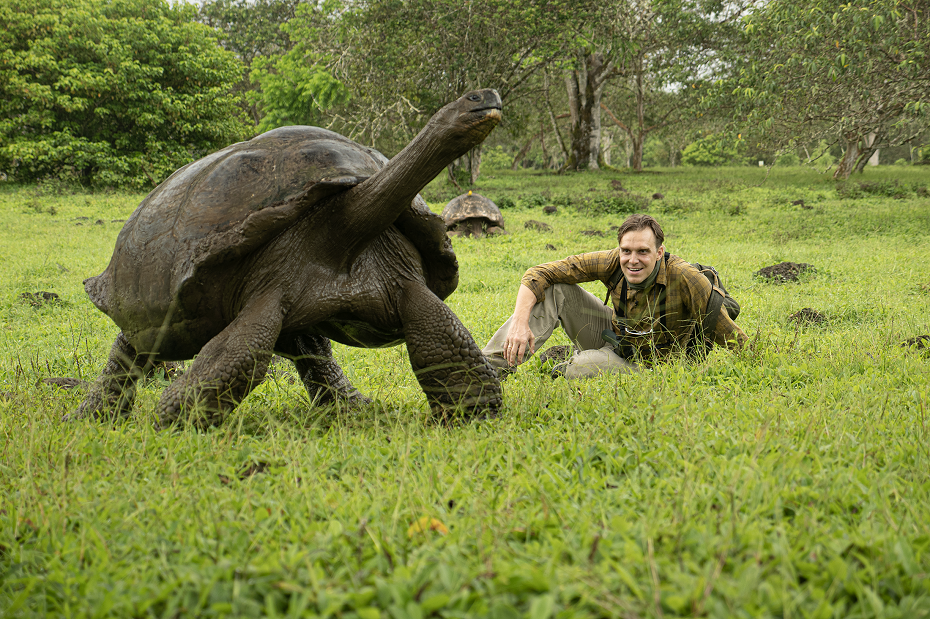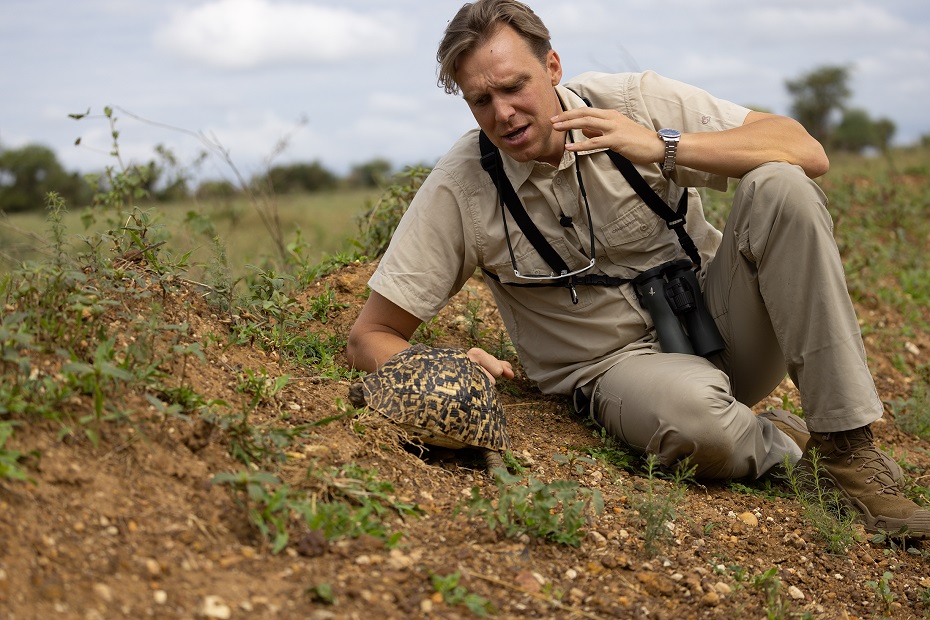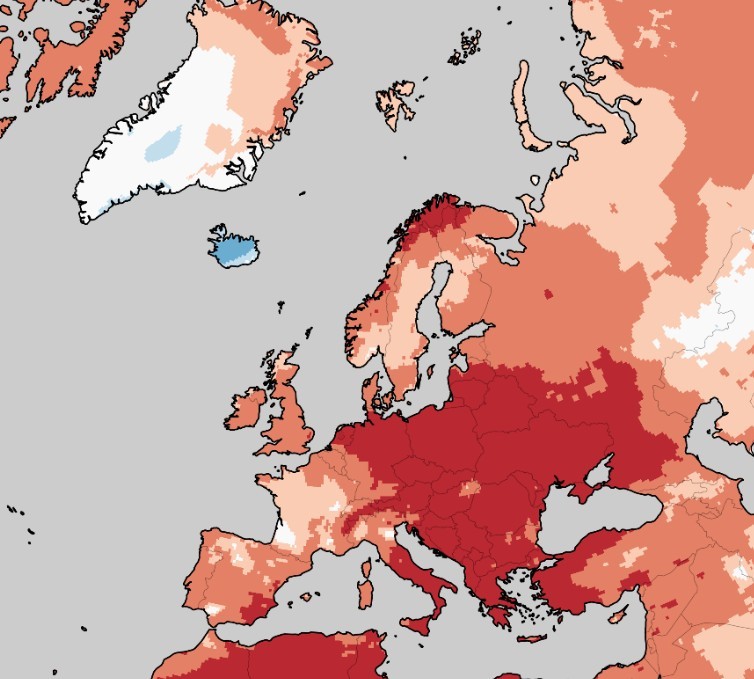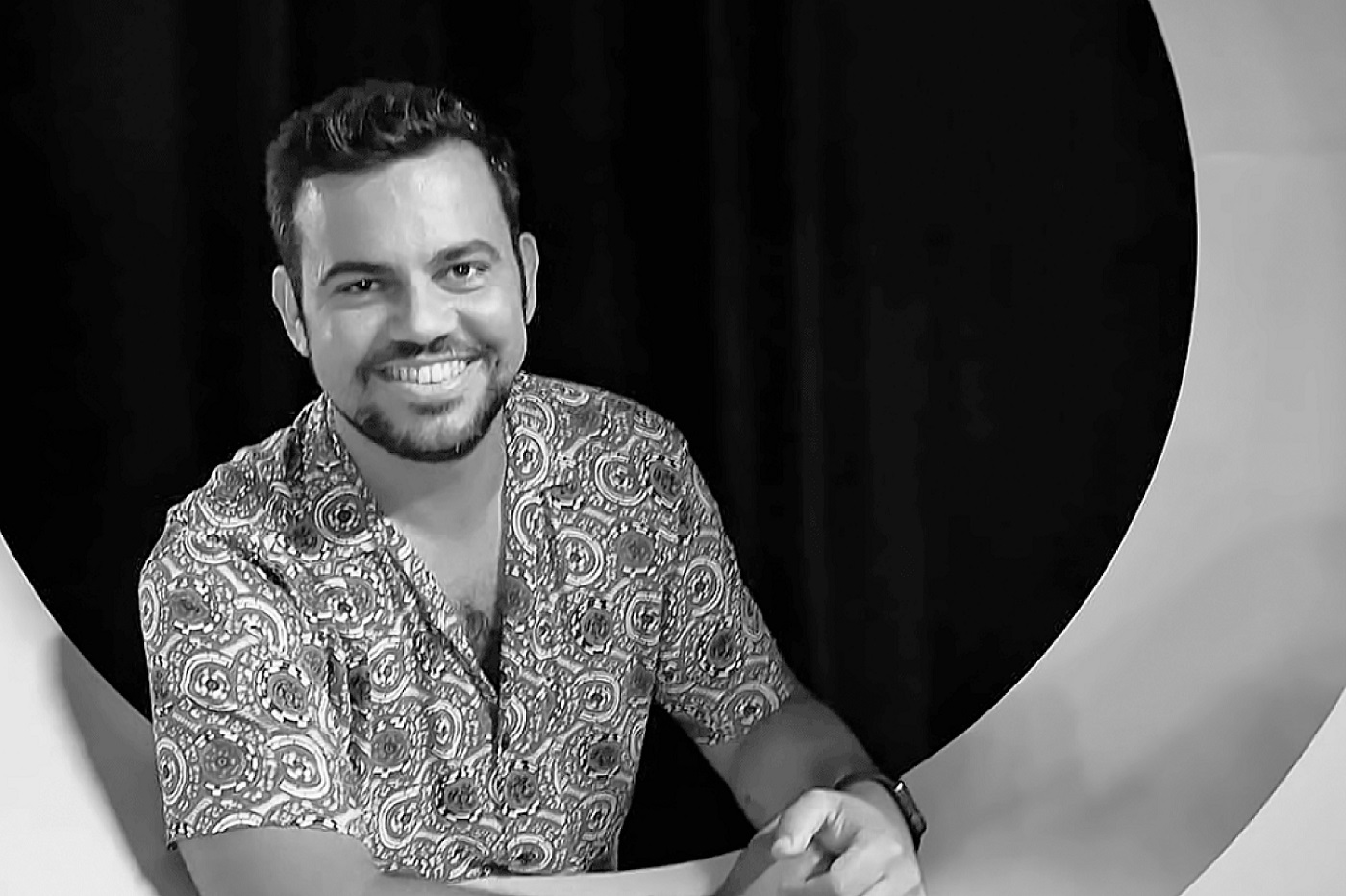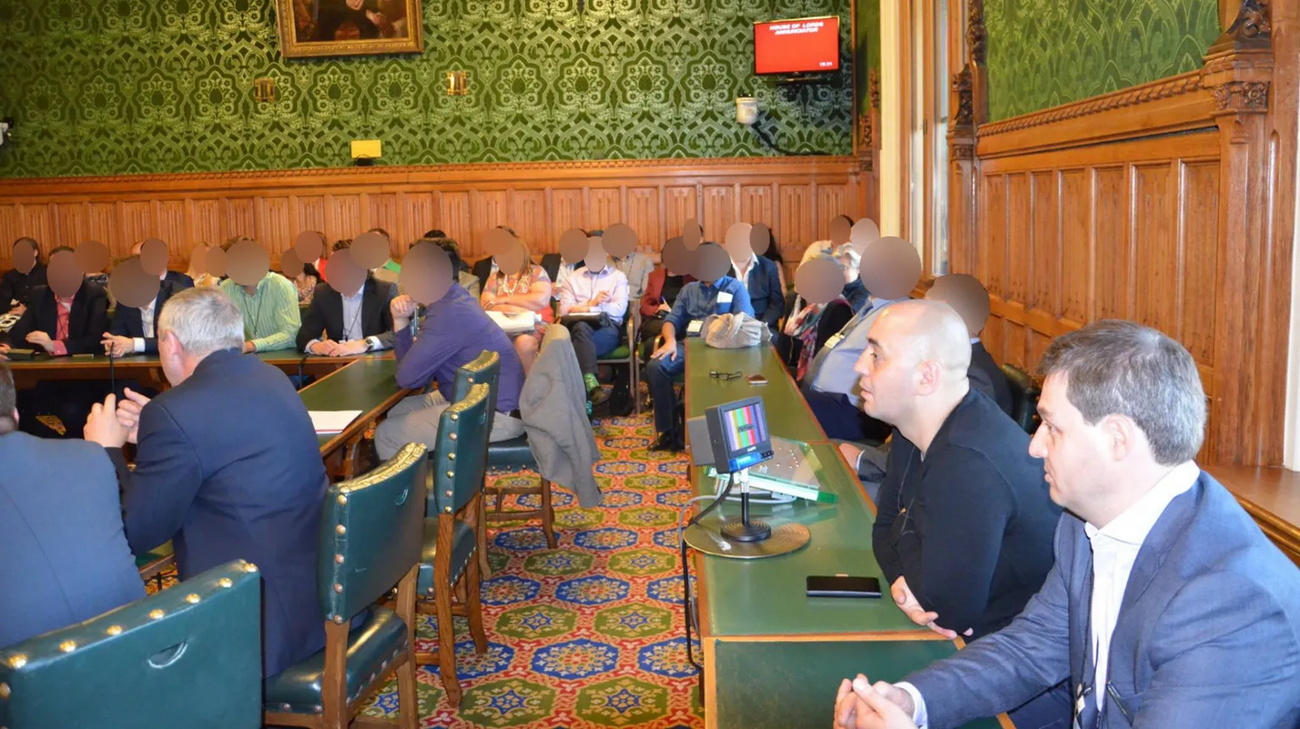There is no directing in the « beastly stories »
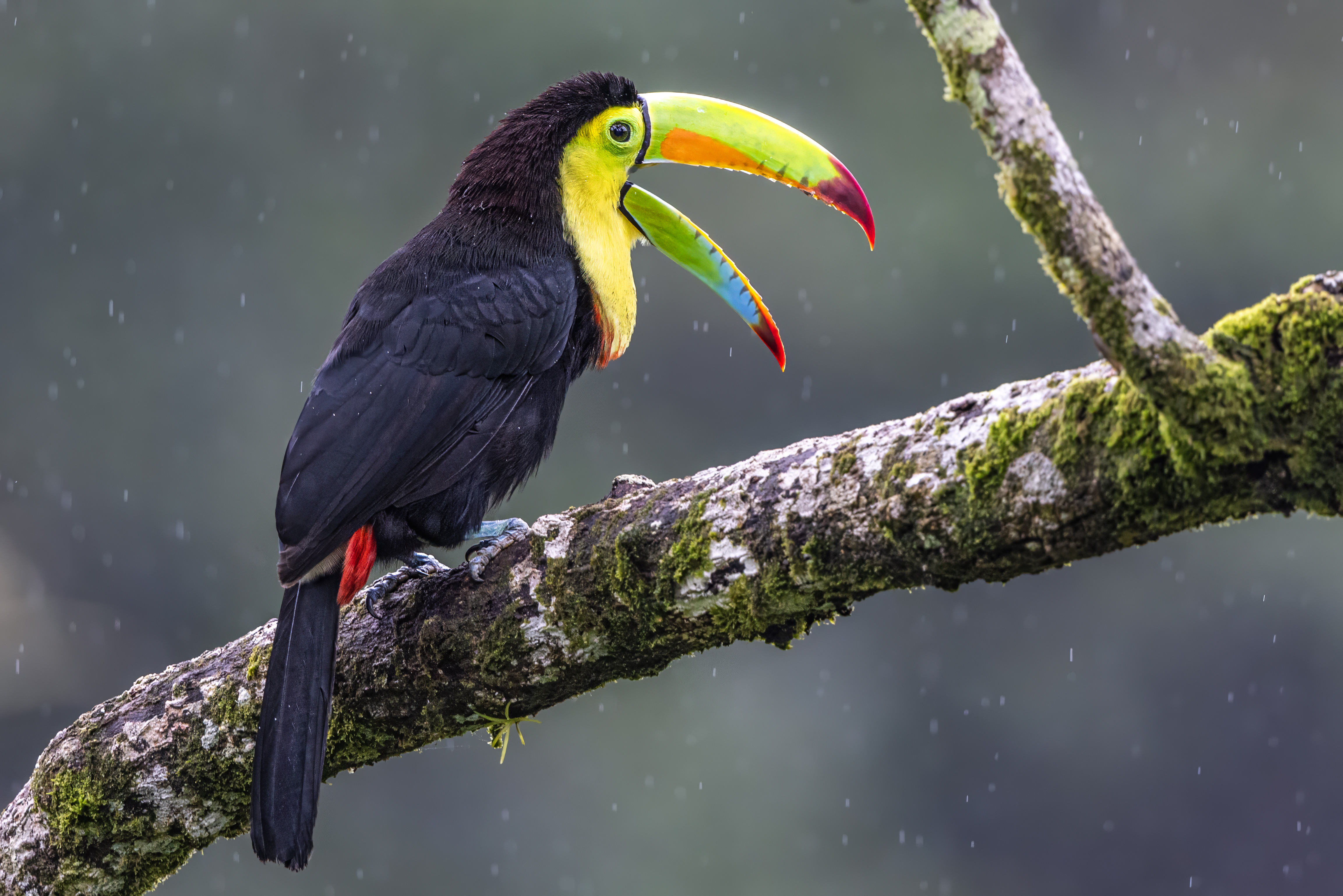
– You just managed to catch a conversation. You are looking for special owls with colleagues, led the ornithostogs round the nature of Lithuania, though you seem to be sitting in front of the TV and watching « beastly stories »: after all, such a big job has been done!
– Now is the time when it comes to using every minute, because after a few months the birds will be silent.
– How will you be silent? Why?
– There are so many hymns after the Midsummer. The spring time is the most beautiful – birds fly, sing, breed, and as early as July they are still visible but not very heard. Then I am involved in nostalgia: it seems as if it is falling…
Since August, autumn bird migration begins. Some are attracted to where warmer, others migrate to Lithuania from North, Russia, Scandinavia. So by November, ornithologists have something to do again.
Tukan. Photo by D. Babel
– I understood. Then you have been traveling around the world since November and telling LRT viewers « beastly stories »? By the way, why are they beastly beastly: after all, poultry, reptile and vegetable?
– The name of truly beastly stories can be understood in a figurative sense – it is like stories that cause a beastly emotion, in other words, beastly good, big.
On the other hand, these are stories about wild animals. After all, beasts are wild animals. In the show we are not interested in zoos – only wild, living in our natural habitats. There is no directing in our stories, but with a lot of knowledge based on impromptu.
Cheetah. Photo by D. Babel
– You probably know everything about living nature. If you had to pick birds, beasts, plants king, would it be difficult to decide?
– Lithuania or worldwide? When collecting from all over the world, it would be a bird that made me go to Sacramento several times, the Caucasus Mountains. I mean the bearded vulture. It is one of the largest birds in the world and its appearance is really royal. The length of the wings unfolded is almost 3 m. These vulture fly under the Caucasus Mountains and feeds on bones of cattle and beasts. The most interesting thing is that they are not at all like the usual vultures, which are not very beautiful. Has a mustache, the body of impressive colors and patterns.
We need to know what the world looks like today and what is happening in it. Therefore, in my shows, I talk about endangered animals and forest felling.
I will not avoid the banalness of the kings of the beasts. Still, first on the tip of the tongue, a lion. There are other spectacular beasts that I like, but their behavior is not atrial, without deduction. And the lion will always show that it is higher than you.
In the plant category, the king will remain… Lithuanian oak. Despite the fact that there are both sequential and other tropical powers in the world. Just as the lion has a royal aura, so is the oak in its appearance, the form for me immediately evokes a sense of respect. I see infinite wisdom in it.
A lion. Photo by D. Babel
– Let’s go back to « beastly stories ». LRT television has already shown four fun episodes. I wonder how many more are left?
– Six this season. I will still dive in the depths of the Pacific with Sharks, I will shake the jungle in search of rare monkeys, watch lions from a distance of 3 m, and experience a confrontation with Costa Rica crocodiles.
– Did you start preparing for these stories a few years ago?
– Specifically, one and a half ago. First of all, I had to think about what areas to visit and what animals we want to shoot. This had to look into each of them in detail – knowing where they live, what they were, where they were looking for food, what the day’s work, where seasonal migration routes and so on. But even that did not guarantee that everything would go according to plan and we would definitely meet the animals I had planned: after all, nature was unpredictable.
Marius Karlon. Photo by D. Babel
– What geographical areas did you catch?
– First of all, we chose Tanzania (Africa) and its different places: Lake Victoria, the foot of the Kilimanjar, the Serengte, the jungle – they are also represented by different animals. We prepared five shows.
We have prepared two shows from Costa Rica (Central America), where there are infinitely many exotics: birds, Cays, Crocodiles, various monkeys, lizards. We went here for a night march and searched for poisonous frogs, snakes.
Spectators have already seen a show about Galapagos (Ecuador) big land turtles. There is still a queue of marine iguanas.
Well, the most unexpected for me and the audience, I think, will be the very last show of the « beastly stories » when I will not dive with the balloon to the ocean to the shark. There you will see the world of Galapagos water, both on land and in water. There will be sharks, penguins, coral – in a word, the whole underwater world we managed to shoot.
Galapagos land turtle. Photo by D. Babel
– You yourself – more land or water?
– Actually, I call myself a more terrestrial animal (Laughs), but that the world of water attracts me – I do not argue. After all, the animals I observe mostly – birds, mammals, reptiles – are related to aquatic ecosystems, so water is a common stop in my shows and in life. In addition, the water always has a greater biodiversity than on land. Water is a source of life that attracts animals, and me.
– Forests in Costa Rica seem to be undetermined as the areas of Tanzania savannah. In fact, as the industry aggressive, natural nature is rapidly disappearing: forests are cut and palm groves are planted instead. Perhaps « beastly stories » have another subtext in which a man is shown as a beast, completely lacking in moderation?
– No doubt. All my activities are for environmental education. Often people want to hear only positive things because they say, in the world, and so much. I don’t agree. However, we need to know what the world looks like today and what is happening in it. Therefore, in my shows, I talk about endangered animals and forest felling both in Lithuania and the world.
In Costa Rica. Photo by D. Kučinskas
We imagine that the world is a borderless savannah, a giant jungle. However, this has long been the case in Africa, South America or Southeast Asia. There are only crumbs left everywhere in those true wildlife. I remember how we drove in Africa a day or two through the agrarian landscape, inhabited villages and did not meet any animal. If the local snake or another animal was frozen by the locals, they would immediately kill them.
Environmental condition is getting worse worldwide. The tropical forests are particularly rapidly disappearing. As I flown by plane above Indonesia, I saw that the once -ex -jungle now looks like an infinite oil palm plantation.
– We talked about problems, but the stick has two ends. What made you happy or surprised you during these trips?
– Being in Africa, in Serengetis National Park, was surprised by the abundance of animals. Of course, everything is eradicated, cultivated, but within the park, the territory is protected by rails and animals live here as in paradise. Not like us, where, say, there is a national park, but it does not prohibit the cut of the forest. (The bitter smiles.)
African elephant. Photo by D. Babel
Man is not an enemy for Serengte’s animals, because none of them have seen his hunting.
The same is Costa Rica. As much as 5 percent are found here. all the biodiversity of the world. When you went to this country, you can’t take a step without seeing something interesting: we stuck and scream from the abundance of plants, mammals, birds, insects. Their authorities are also a great policy of the authorities – almost absolutely not to harm their forests, but to live with nature with nature – precisely from natural ecological tourism. This is also a great example for us how to live quite well and without destroying nature – without it, without reaping or leaving rape.
– You went to the Galapagos Islands to observe the big terrestrial turtles. Is there anything special in Lithuania, what do foreigners naturalists go to watch with us?
– Of course there are. I have been working in this field for fifteen years and I see that many naturalists from all over the world come to see not only some rarities, but also birds, animals that are common to us. In their countries, those birds or beasts disappeared several decades ago due to the prosperity of the economy. Let’s say pemps or vibes. They have nowhere to live because the swamps, the meadows are dead, cultivated. I know that there was only one hatch in southern Germany. There is none in Belgium. Their agrarian landscape only cars to hear. A terrible feeling…
Galapagos land turtle and Marius. Galapagos Islands. Photo by D. Kučinskas
When they come to Lithuania and hear the birds of their youth, foreigners often turn over. It is what we say that our economy is stronger, that higher salaries, but it does not give it joy, because man needs nature vital. If they are not in the home country, the person travels abroad, spends money and tries to see it abroad because he wants to fill that lack of nature.
– You organize tours to other countries, their nature, you have established Ornitostogos. For what purposes did you start with this activity?
– educational. I worked with the Germans a lot of time, they have a similar project – they turn to people through education during education. When you leave for nature, you notice, enjoy visible animals, then you also accept environmental knowledge in a completely different way.
In addition, every person traveling with « ornithostals » around Lithuania or other countries automatically allocates 5 %. travel prices for nature protection. We have established a public institution that protects the nature of Southern Lithuania – we restore wetlands and redeem the forests.
In Africa. Photo by D. Babel
When I was thinking about the establishment of « ornitostals », I wanted to not only speak, but also to do something because there are a lot of speakers and there are few who do. I think we can all contribute to this: not to cut the grass in the corner of the corner of the corner and not to dry all the leaves in the autumn. I mean very simple things.
The name of the « beastly stories » can be understood in the figurative sense, which is like stories that cause a beastly emotion.
– Judging by everything you told us and what we see on LRT television – are you rare in the capital?
– I’m because basically all my trips are on weekends.
– Maybe you take some trips for some trips? What is he age?
– Vincas May 12 will be two years old, thus too small under the swamps to fly (Laughs). And to be bigger, I would certainly not force my child to be a naturalist through violence. I have seen many examples of colleagues to work for children, and then they shake nature, do not want to look at that side. I think the child should only be given as much information as he wants.
– Do you speak from your parents’ sample? Has no one forced you to go into the woods either?
– Really didn’t. I discovered nature myself, even though my dad was a forester. However, foresters are not naturalists. They obviously know how to grow a tree better, but only to make the economy prosper as much as possible. I was concerned with something else. For this reason, I quit the forestry studies that I had joined after graduation and then chose the trend of ecology.
– You said you were such a wild child during your childhood: you lived between Jonava and Kaunas, Great Raista village, surrounded by swampy. Sounds not very safe?
– Everything was. There was no shortage of adventure in nature. During my childhood, I spent a lot of time with my grandparents in Dzūkija. Once in winter, at -20 ° C, I broke into a beaver racket while walking around the swamp. I fell to my chest. A few kilometers to the house had to run through the frost and the half to prevent freezing.
It used to be, I came back after school, dressing – and to the woods. I walk, watch, look for something. Eventually you used to see me like that. Similarly, parents now get used to the child who leaned on the screen to watch.
Serengetis. Marius Karlon. Photo by L. Pačkauskas
Wetlands, the forests were like a huge playground for me. Of course, at first I had to do my duties: prepare lessons, help my parents do farm work, and then I could go where my feet were carrying.
What did I look like for peers? Hmm… I think every child engaged in something else than everyone, often becomes a ridiculous object in the eyes of friends. I have experienced a bit of that bullying. However, nature did not share with them. She was like my one -alone world, my meditation, my therapy.
– In the end, inspired by the « beastly stories », I just can’t keep me the animal that the animal you think is like?
– If you give you 10 minutes to think – I would answer one way, if 30 – maybe another, but now the first thought on the tip of the tongue is the cuette. It is a pretty sedentary animal, though sometimes likes to wake up. Lives in Dzūkija and Aukštaitija pine forests. The calm way. The deaf has a lot of joy and self -confidence in life. He knows what he wants from life and does not change his life purpose or place. I am like me. What a deaf forest is all nature for me.

